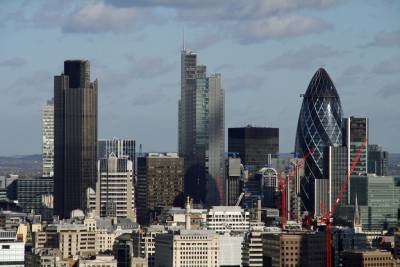Problem is the glass afaik, in winter you need much more energy to heat the building and in summer you need lots of energy, or more than usual cool down the building.
You cannot replace the glass windows, there have been attempts made but none of them worked + you need windows anyway otherwise people are just in a dark room and you need energy for more lightning.
But that shouldn’t exacerbate with height, should it? Shouldn’t the surface area alone determine energy use?
The article proposes that it’s because the air temperature is much colder the higher you go, and winds get much stronger, but also admits that it’s just a theory.
Yeah, there are multiple variables. Pressure, sun, wind and used materials among other factors. However, I am not an architect here.
There was a popular building, I think it was in Philadelphia, a new skyscraper but faulty constructed. The city had to change the entire building afterwards because the reflection from the windows headed up the entire building in the summer + other buildings around it. I think they actually had to do multiple workarounds to solve this. The case was special because it was very expensive building already without the new changes and workarounds and made history because that was the first time for such building and the city that they had to actually reconstruct the windows. During changes they covered the Windows and holes. Was funny to see, in the documentation I watched. I think that was in Phili or Boston, if I find the link I add it here.
However, my point is there a lots of variables and there are also differences between theory, wind channel tests … they use wind channels to test a miniature building and then the actual real world. There are often unpredictable things that you cannot simulate or you simply are not aware of.
I think the higher you go the more problem you face, as said there are bunch of variables. And using other materials is often not a solution because they have maybe more downsides, are more expensive or to heavy etc.
My last stand is that they try to 3D print new windows which are more flexible, but to the same time very thin and stronger than traditional glass. They research currently on ways to produce it cheap and make it transparent so that you can see trough. Transparent aluminium, assuming they find a good way to recycle it, might be interesting.


